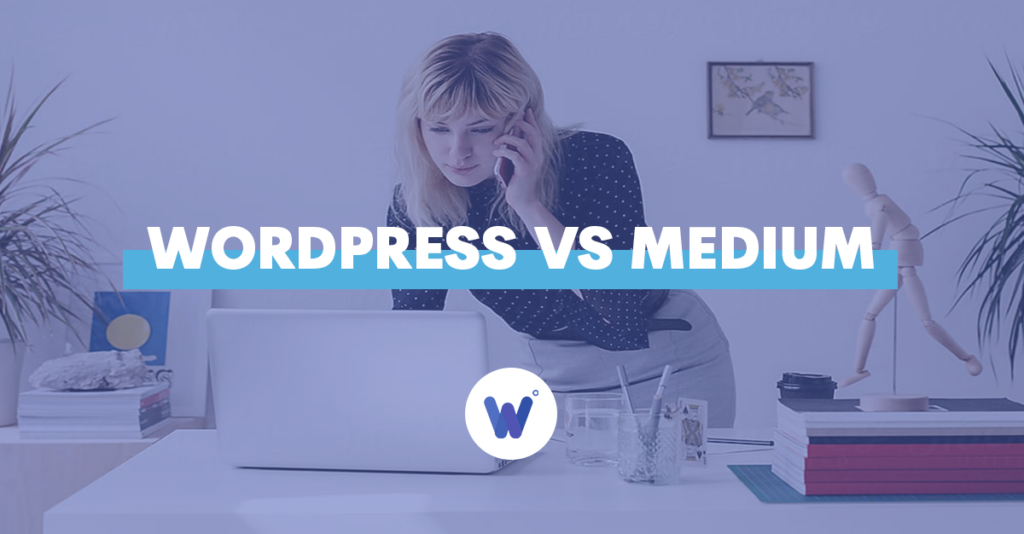
If you want to run content for clients or your own brand, you face a decision. Publish on Medium, or build on WordPress.
But comparing Medium vs WordPress doesn’t just affect the short-term. The choice will decide your stack, your SEO options, and how fast you can grow. It can also be the difference between specializing in one vertical or scaling both horizontally and vertically.
In this guide, we’ll cover everything about Medium vs WordPress. You will see what each publishing platform does best, how to reduce friction in your writing experience, and how to protect your results over time.
Within a few minutes, you’ll see which platform is the right choice for you, so you can start implementing and focus on what’s important: revenue and growth.
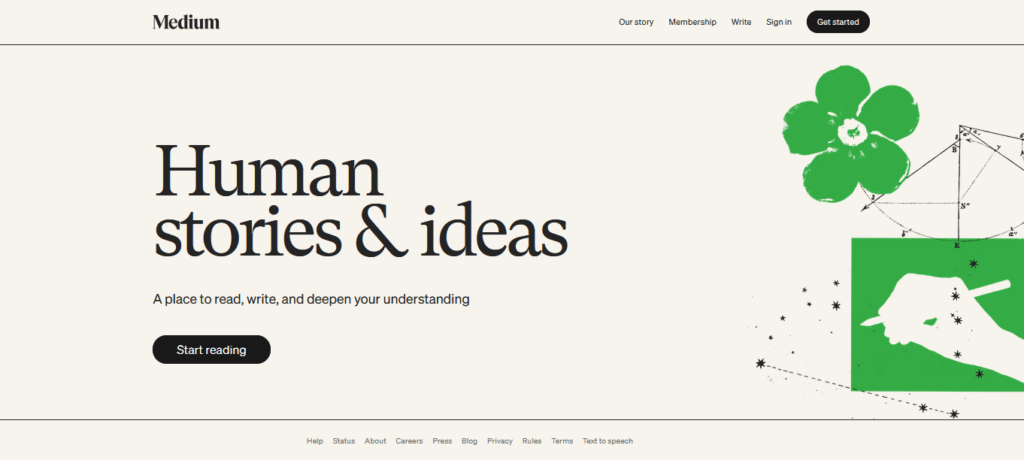
Medium is a social media platform within a publishing platform.
You write, publish, and share your story via tags, recommendations, and publications. There is no server management and no hosting provider to choose from.
The writing experience is minimal, which keeps teams focused on words. Medium also offers paid subscriptions and the Medium Partner Program. These let writers earn from member engagement when stories are eligible and paywalled.
Medium’s simple workflow suits personal blog posts, founder thought leadership, and fast validation of new ideas.
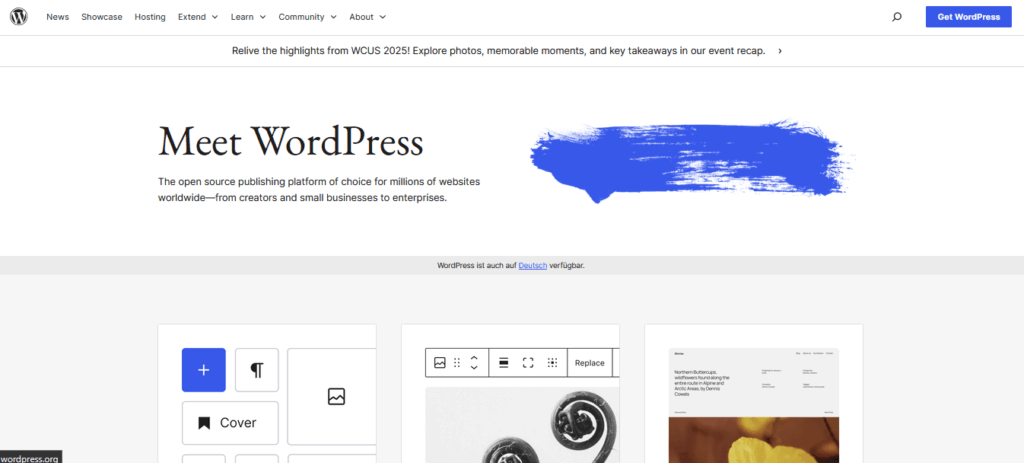
WordPress plays a very different role. It is a free content management system (CMS) that requires a hosting service.
Most teams start off with a managed hosting plan on a custom domain. Then, they switch to self-hosted WordPress as they grow to become more independent and reduce costs.
If you want to start a WordPress blog, the platform gives you everything you need. You control the URL structure, categories, and theme design, and gain access to thousands of plugins. That control is why WordPress holds a dominant CMS share on the open web, which brings a larger ecosystem of support forums, hosts, and extensions.
In fact, recent daily-updated usage data by W3 Techs shows that WordPress powers roughly 60% of sites with a known CMS and about 43% of all websites.
Note that WordPress.org is free, but WordPress.com isn’t. The latter offers a few advanced functionalities, like multi-sites. For most bloggers, WordPress.org is enough.
Cost is more than just monthly fees. Think software, hosting, add-ons, and team time, then compare them to the expected website traffic and revenue.
Medium Membership tiers
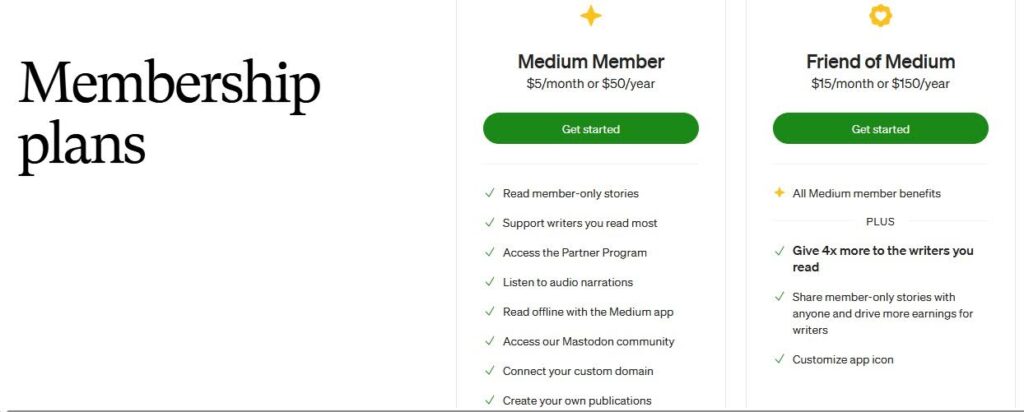
You can sign up for free and publish right away. However, the two Membership tiers—Medium Member and Friend of Medium—come with different perks (shown in the image above). Reading member-only stories and joining the Medium Partner Program are among the benefits of becoming a Medium Member.
As a Medium Member, writers can also make stories eligible to earn, set a paywall, and get paid for member reading time and engagement when posts meet quality and program rules.
This model is great because you don’t need to worry about getting locked into a hosting provider. There’s no tech overhead, and you’ll probably never need any technical support.
Starting with WordPress requires a few things:
You also need to decide between a self-hosted WordPress and managed hosting.
Self-hosting gives you a dedicated server, which can be costly. The upside is that the server is entirely dedicated to your website and needs. But you need to be a lot more technically aware, as you’ll need to solve any tech issues on your own.
Managed hosting offers complete server management, maintenance, and technical support for your site. Your website lives on a server with other sites. You get reliable security features and sometimes optimized cache plugins, too. You may have some limitations, but you don’t need to hire an IT team.
A simple personal site can run for a few hundred dollars per year. Costs vary by what you add, not by WordPress itself, and that keeps options open when traffic starts to grow.
Both platforms are easy once you learn their flow, but you spend time in different places.
On Medium, you create an account, do profile customization, and start writing. You can submit to publications for extra reach, which acts like distribution inside a community of writers.
The editor is simple and distraction-free, making it ideal for founders who prefer a weekly cadence and for content creators who prefer not to manage a complex workflow.
This also feels natural if your team is used to a social media posting rhythm, since content lives inside a feed and can be emailed to followers from inside Medium’s tools.
On WordPress, you pick a custom domain, choose a hosting provider and hosting plan, and run a one-click install.
The block editor is the default, and many teams add a page builder to speed up building pages. Add core plugins for backups, caching, security, and SEO so you have the basics covered. Already own a blog elsewhere? You can transfer your domain easily and keep your brand while switching platforms.
The setup takes a bit longer, but you gain complete control. It allows you to create consistent content marketing with predictable templates, versions, and analytics. If you plan to bring social content on-site later, you can expand with tools that embed feeds.
Social plugins like TikTok plugins for WordPress automatically bring your TikTok videos to your website without any code.
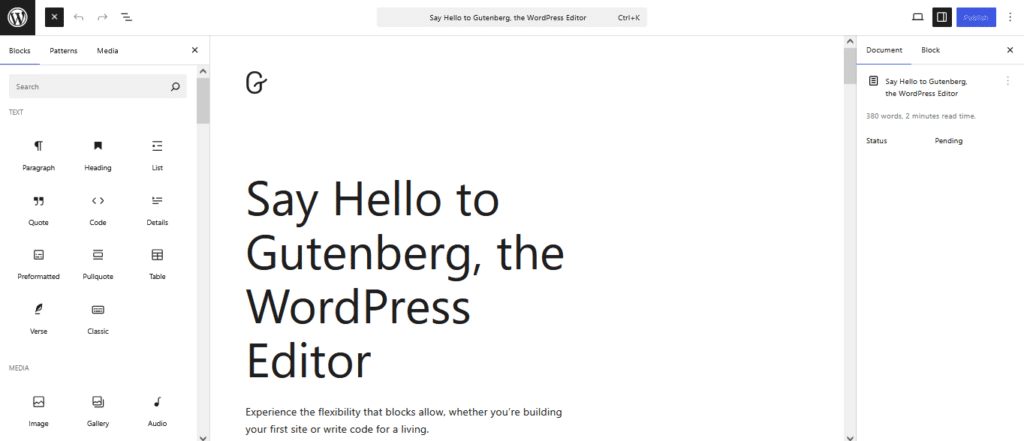
Both options publish content, but customization is where WordPress pulls ahead fast for teams that want brand control.
Profiles and publications give you a clean layout and a consistent style across stories. This is ideal when clarity is the primary goal, and you don’t require unique page structures, advanced conversion sections, or custom icons.
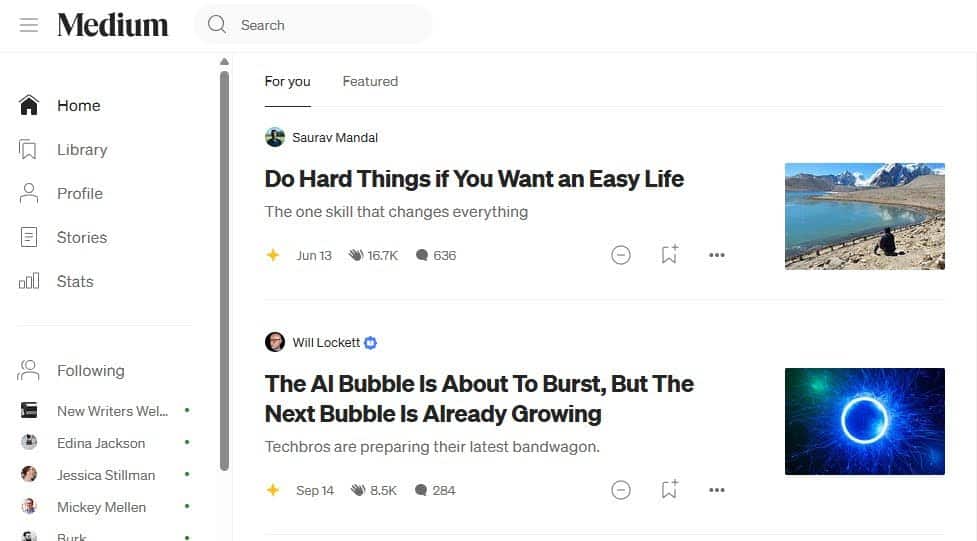
Screenshot provided by author
But it’s not ideal when you need customization or deeper integration.
In WordPress, your choice is what does the heavy lifting. Page builders help you design and publish faster. Social logins mean premium visitors or buyers can log in with their Google account.
There are many free WordPress blog themes you can try, with some offering additional blocks and features.
For example, you can add social sharing icons, testimonial blocks, or hero sections. You can install WooCommerce (it’s free) to sell digital and physical products. Tools like Cartflows help you build landing pages and sales funnels, complete with carts, upsells, and analytics.
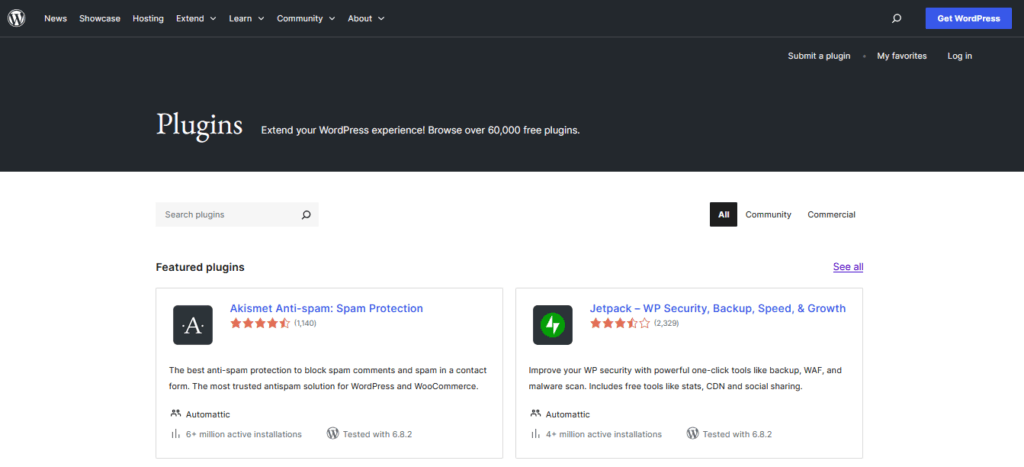
Designers can make quick styling adjustments with handy CSS generators, then paste the output into the customizer or child theme to keep styles consistent without coding. You can even integrate social feeds with tools like Social Wall by Smash Balloon.
Ownership defines who controls your work and how easy it is to move when your plan changes.
Medium keeps things simple, but you are inside a hosted network.
You can export stories and data as HTML in a zip. This is helpful if you later migrate to WordPress or another website creator. Medium’s help guides make it easy to export both on desktop and mobile.
With WordPress, your content, media, and database live on your server and under your account.
You can take full backups, move hosts, and stage changes safely. This is important when your site is a core asset, when you want legal control, or when you need to hand off a property after a sale.
Agencies also prefer this model since they can enforce a backup policy and a change process without platform limitations.
If you want both reach and control, publish first on your custom domain, then syndicate to Medium with a canonical reference.
This signals the original URL so duplicates do not cause confusion for search engines. Google’s developer guide shows how to consolidate duplicate URLs. Plus, it explains HTML and header options if you need to set the preferred URL in your templates.
You can also log in to Medium and import stories directly from your site. This automatically creates canonical URLs back to your website.
Now let’s look at how each choice affects Google searches and long-term website traffic.
Medium’s strength is discovery inside the network.
Tags, publications, and recommendations help new posts get reads even if your brand is new. It is a fast way to validate topics and collect feedback.
However, it’s not a complete SEO stack. You can create custom links, but you can’t shape URL patterns or add advanced metadata.
A common hybrid path is to test ideas on Medium, then build out winners on WordPress. This way, you can scale ranking pages and keep readers on your personal site with a clear funnel to say, an email newsletter.
WordPress gives you precise SEO options.
With SEO plugins like Yoast SEO and Rank Math, you control titles, descriptions, schema, XML sitemaps, and internal linking.
This gives you a lot of control, especially if you want to tap into newer technologies, such as optimizing for GEO vs. SEO.
For structure, you group posts into topic clusters and link them together. This approach works for content marketing programs that need to rank dozens or hundreds of pages, then convert with clear offers on landing pages.
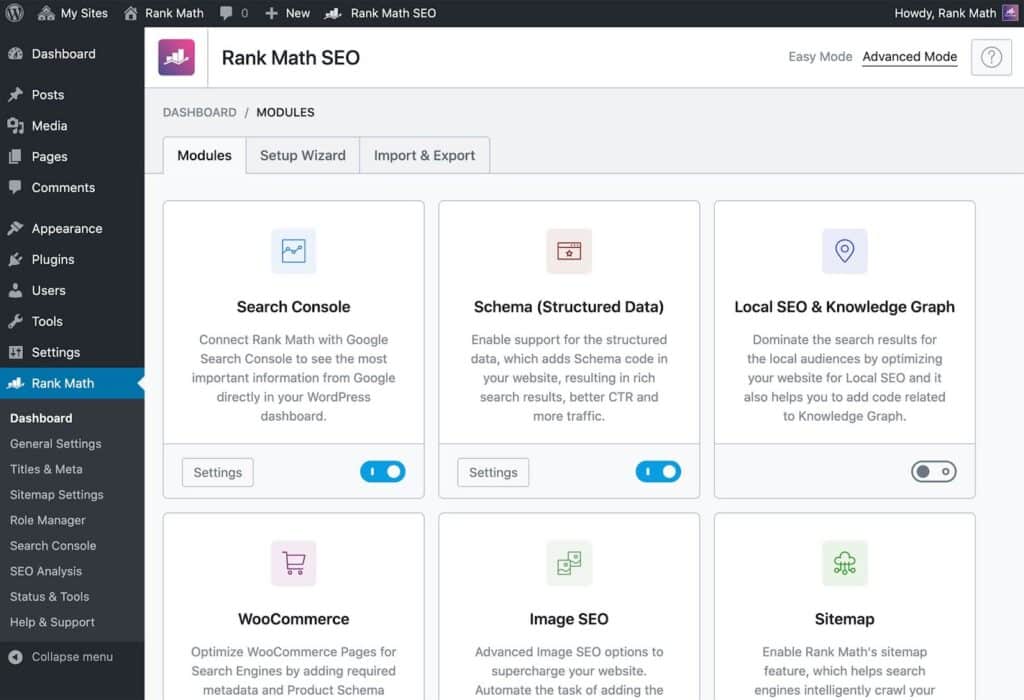
Both platforms can be fast and safe. The difference is who does the work and how far you can tune things.
Medium handles speed, caching, and security for you. There are fewer knobs to turn, which is the point. Writers can focus on stories, while editors can focus on distribution.
The trade-off is that you cannot push advanced testing or custom templates that a complex funnel may need. For a brand that cares most about publishing velocity and reader experience, this is a feature, not a trade.
On WordPress, you or a managed host handles updates, backups, and security features.
Keep plugins lean, audit them often, and test changes in staging. Tools for website optimization, like W3 Total Cache, maximize caching to reduce load times. Turn on lazy loading, image compression, and serve images in WebP format.
This control helps you make informed decisions about what to keep, which plugins to use, and what you need to make your setup leaner. Test with free tools like Lighthouse to see if you pass Core Web Vitals and keep conversions strong.
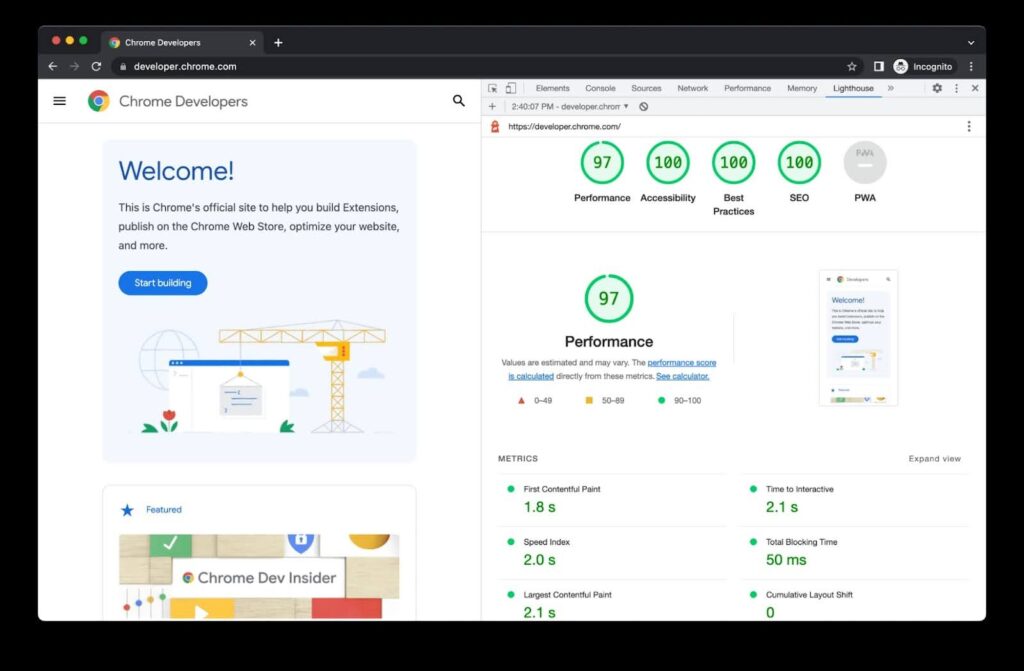
If you want to get paid as a blogger, choosing between Medium vs WordPress means monetization is critical. Here is how both support revenue in 2025.
On Medium, writers can earn money from member engagement on eligible stories. You can toggle paywalled eligibility and build a subscriber list that receives your stories by email.
The official Partner Program resources list how earnings are calculated, where paywalls apply, and what to expect when stories are curated and distributed to more readers.
However, it’s not your platform. Making money on Medium depends on traffic, engagement, and the Partner Program.
On WordPress, you create your destiny.
You can build sales funnels and layer Google AdSense or other ad networks. You can create an affiliate marketing program for your own digital products. Or you can focus on content affiliate marketing to earn commissions from other businesses.
You can set up paid subscriptions, launch an online store with WooCommerce for full e-commerce support, and set up payment processing. You can even create and host digital courses on your own website.
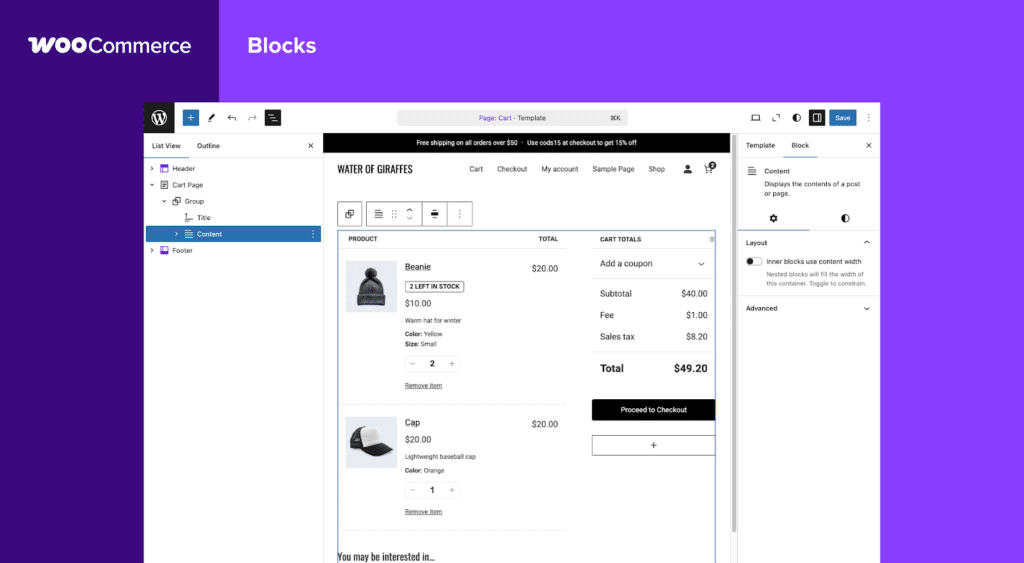
This flexibility lets you start simple and add income streams as traffic and trust grow. It’s great for anyone with a personal brand, agencies, and practically any type of business that wants scalability.
What you can measure, you can improve. Each platform offers different analytics tools and reporting depth.
Medium provides straightforward stats. You can see views, reads, read ratio, referrers, and follower counts. You can email your story to subscribers when you publish.
This covers early traction and audience growth, but it is not a replacement for a full analytics setup with goals and attribution.
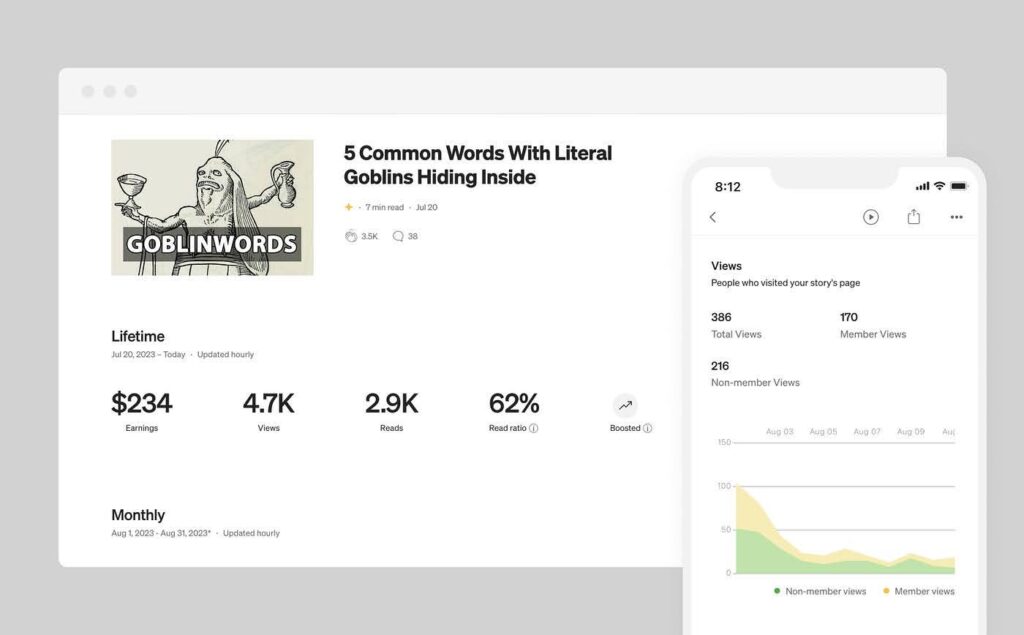
With WordPress, you can run Google Analytics 4 (GA4), use privacy-friendly tools, and add session recordings to study behavior. You can tag campaigns, track events, and attribute conversions to content creation, landing pages, and offers.
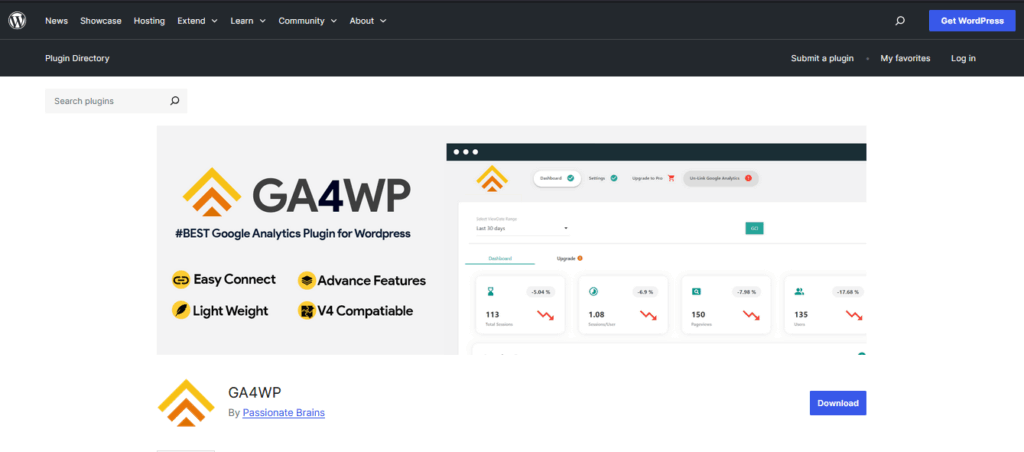
This is the setup bloggers need to prove return on investment (ROI) and spot leaks in the funnel. It also lets you plug in testing tools for headlines and calls to action so you can keep improving results without a full redesign.
And as you grow, you can even partner with an AI SEO agency that can plug in to your WordPress and build a scaling plan. That’s not something you can do if you only use Medium.
Let’s look at the pros and cons of each first before deciding.
Pros include:
Cons include:
Pros include:
Cons include:
Choose Medium when you want speed to publish, minimal setup, and a built-in community of writers. It is great for testing topics and building authority. But it lacks full content ownership, customization, and growth beyond writing.
Choose WordPress if you want a custom domain and full control over your site. You get SEO plugins, page builders, and deep analytics tools with full e-commerce support. It is the best blogging platform for long-term website traffic and revenue.
For revenue-oriented bloggers, agencies, and growth marketers, WordPress is the clear winner, while Medium works as a distribution channel to build extra authority.
You’ve seen how both platforms stack up in every aspect, including cost, setup, customization, and monetization.
Medium provides speed and built-in distribution, which is useful for testing ideas and establishing authority. WordPress gives you a custom domain, full control, better scalability, and the integrations teams need to turn content into revenue.
The smart move for most brands is to publish on WordPress, then syndicate select posts to Medium with a canonical reference for extra reach. If you want Medium-style drafting speed with WordPress power, write in Google Docs and use Wordable to format and automatically publish to your site in one click.